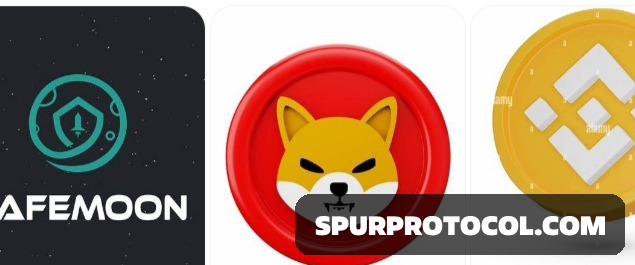Deflationary Token Advantages And Disadvantages
Deflationary tokens are cryptocurrencies designed to decrease in supply over time, either through mechanisms like token burning, transaction fees, or other supply-reducing strategies. The goal is to create scarcity, theoretically increasing the token's value as supply drops.
Go Back

🕒 7:57 AM
📅 Apr 10, 2025
✍️ By vickcy5664
Deflationary tokens are cryptocurrencies designed to decrease in supply over time, either through mechanisms like token burning, transaction fees, or other supply-reducing strategies. The goal is to create scarcity, theoretically increasing the token's value as supply drops.
How It Works (Simple Example):
Let's say a token has a total supply of 1,000,000. With each transaction, 1% is burned (permanently removed from circulation). Over time, fewer tokens remain, which can lead to increased demand and price—if the token has utility and interest.
Advantages of Deflationary Tokens:
Price Appreciation:
Scarcity often drives demand. Like Bitcoin’s limited supply (21 million), this model can push price upwards as tokens become harder to get.
Example: SafeMoon charges a fee on transactions, part of which is burned—potentially reducing supply and increasing value.
Encourages Holding (HODLing):
As tokens become scarcer, users might hold them long-term, expecting higher value.
Example: EverGrow burns tokens with every transaction and redistributes rewards in stablecoins to holders, encouraging holding.
Built-in Supply Control:
Deflation can counteract inflationary pressures, which is important in DeFi projects where token supply can spiral.
Example: Binance Coin (BNB) conducts quarterly burns based on trading volume to maintain value stability.
Disadvantages of Deflationary Tokens:
Reduced Utility Over Time:
If too many tokens are burned, it might limit how the token can be used in the ecosystem.
Problem: You might end up with too little liquidity or too much hoarding.
Speculation and Volatility:
People might buy just for price appreciation rather than real use, leading to pump-and-dump behavior.
Example: SafeMoon saw early hype and sharp price increases, followed by major drops.
Not Sustainable Long-Term:
If supply keeps shrinking but adoption doesn’t grow, the token might stagnate or crash.
Also, over-deflation could lead to higher transaction fees or slower network activity.
Discourages Spending:
People may not want to use or spend the token, thinking it will be worth more later—hurting adoption.
Examples of Deflationary Tokens:
Token Deflation Mechanism Use Case
BNB Quarterly burns by Binance Exchange utility, trading discounts
SafeMoon 10% transaction fee (5% burned) Community-driven DeFi
Shiba Inu Burn events to reduce supply Meme/Community
